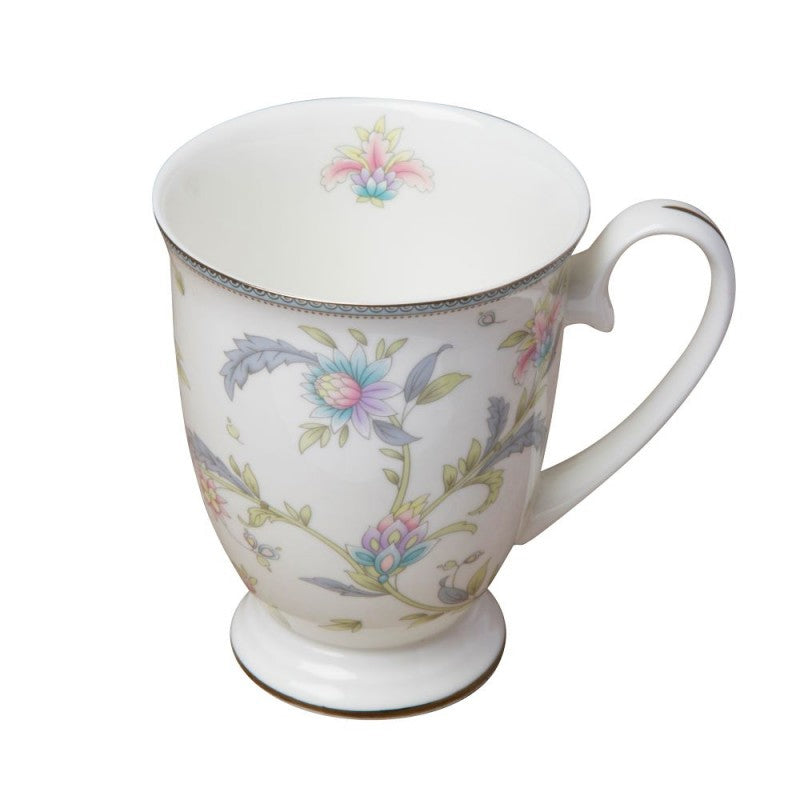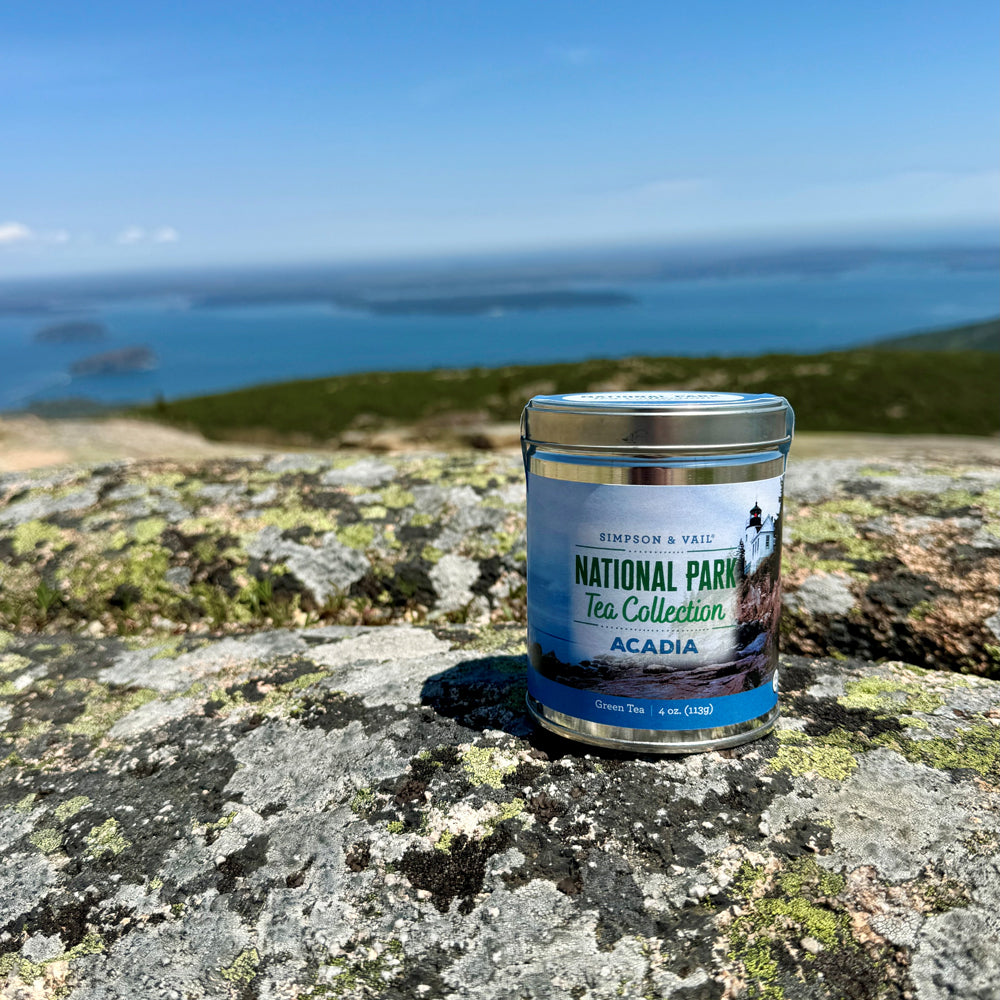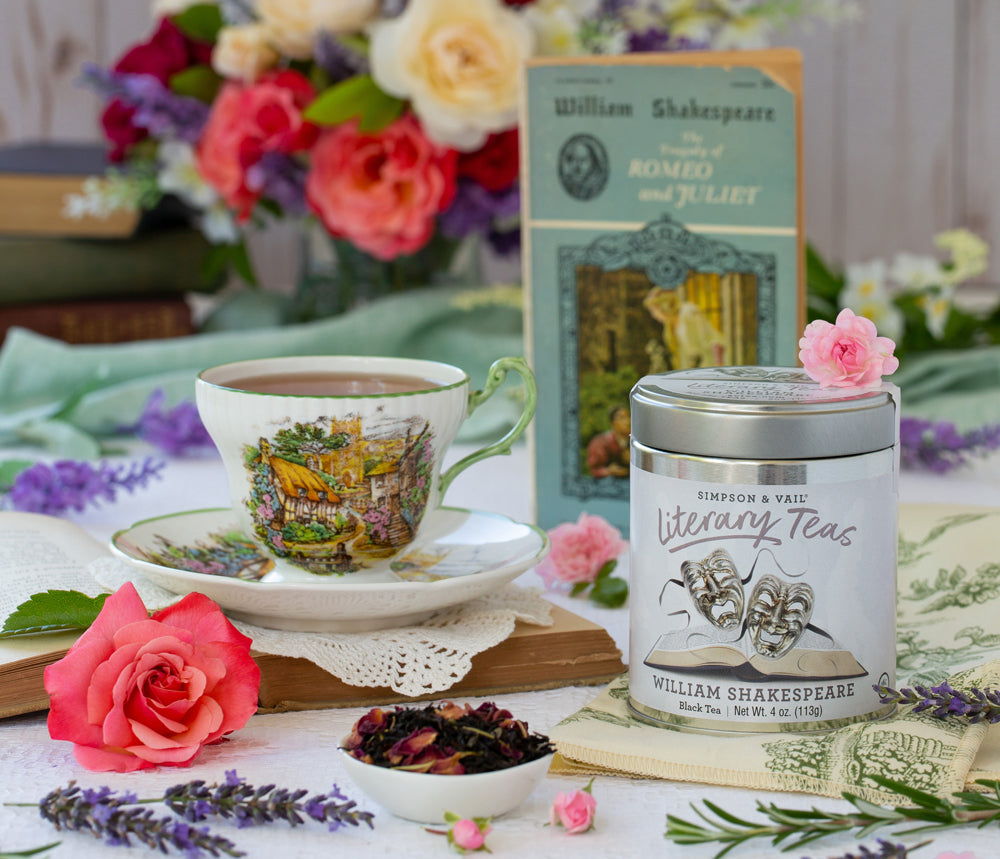From Cape to Cup: The Beginnings of Rooibos Production
When Benjamin Ginsberg traveled from Moscow to the Cape of South Africa in 1903 with plans to make his fortune in the tea trade with his father, he was quickly introduced to what the Dutch settlers called “bush tea.” It was a brew made from the leaves of the Rooibos plant that grew in the nearby scrublands. The Dutch settlers had enjoyed this not-quite-tea for over a hundred years before Ginsberg’s arrival, but its popularity outside of the South African settlements was limited. Ginsberg recognized that an herbal beverage like Rooibos, which the locals assured him had medicinal properties as well, offered an appealing alternative to the Chinese and Indian black teas that people were used to. Those black teas were a rare treat down on the Cape, where shipments from Europe were limited.
Ginsberg set about establishing trading relationships with the local Khoisan tribesmen. They would harvest the plants from the Cederberg mountains and bring them to his farm. The local tribes had been oxidizing the leaves for centuries, but their processes were inconsistent and resulted in a wide variety of appearance and quality. From his experience with the Indian tea trade, Ginsberg understood that the leaves needed to be oxidized in a more controlled way if his new product were to be successful. He adapted the method that is still in use today from the way the Chinese process their Keemun tea. First, the Rooibos leaves are chopped into a fine blend and then bruised. They are then fermented in barrels and dried in the hot African sun. The drying process changes the leaves from a bright green to a deep mahogany red.
 Ginsberg began marketing the tea primarily to Cape settlers, but he also used his connections with the Indian tea industry to secure several lines of trade abroad. There was a problem, however. While the local tribesmen Ginsberg employed to harvest the Rooibos were gathering as much as they could, it wasn’t enough to meet the rapidly increasing demand. The plant only grew on the slopes and valleys of the Cederberg mountains, and it seemed fiercely resistant to cultivation. Ginsberg enlisted the help of a local doctor named Le Fras Nortier and a farmer named Olaf Blergh. The three men experimented with the Rooibos seeds with little success until they realized that the wild Rooibos plants would have been subjected to regular bushfires, the heat of which would crack open the Rooibos seed’s hard shell and leave the inner-seed in fertile soil. The men discovered that if they separated the seed from its casing, they could get it to grow. The first crop was grown on the Klein Kliphuis farm, in Clanwilliam on the Western cape of South Africa, where Nortier learned that the best time to plant the seeds was in January. With the groundwork set by Ginsberg, Nortier, and Blergh, the newly popular crop could be grown in earnest. The first large-scale commercial farm was established on a pair of Cederberg mountain plateaus by Henry Charles Ginsberg, Benjamin’s son, in 1944.
Ginsberg began marketing the tea primarily to Cape settlers, but he also used his connections with the Indian tea industry to secure several lines of trade abroad. There was a problem, however. While the local tribesmen Ginsberg employed to harvest the Rooibos were gathering as much as they could, it wasn’t enough to meet the rapidly increasing demand. The plant only grew on the slopes and valleys of the Cederberg mountains, and it seemed fiercely resistant to cultivation. Ginsberg enlisted the help of a local doctor named Le Fras Nortier and a farmer named Olaf Blergh. The three men experimented with the Rooibos seeds with little success until they realized that the wild Rooibos plants would have been subjected to regular bushfires, the heat of which would crack open the Rooibos seed’s hard shell and leave the inner-seed in fertile soil. The men discovered that if they separated the seed from its casing, they could get it to grow. The first crop was grown on the Klein Kliphuis farm, in Clanwilliam on the Western cape of South Africa, where Nortier learned that the best time to plant the seeds was in January. With the groundwork set by Ginsberg, Nortier, and Blergh, the newly popular crop could be grown in earnest. The first large-scale commercial farm was established on a pair of Cederberg mountain plateaus by Henry Charles Ginsberg, Benjamin’s son, in 1944.
In 2014, South Africa obtained geographical indicator status from the European Union for Rooibos which means that, like champagne, tequila, and Darjeeling tea, its characteristics are linked to its geographical origin and any successful attempts to grow the herb elsewhere must go by a different name. So far, however, the plant has resisted cultivation anywhere but the Cederberg district of South Africa where the soil, precipitation, and climate are just right for this picky plant.
 Today, Rooibos is known around the world as an antioxidant-rich and caffeine-free alternative to tea. The herb has low tannin levels compared to tea and contains flavanols. It’s a forgiving brew that will not oversteep and blends well with all kinds of flavors. Simpson & Vail began offering Rooibos in the 1970s, but apartheid soon made ethical sourcing of the crop untenable. We added it back to our shelves in the 90s and have been developing new and delicious flavors with it ever since. Our Organic African Outback is an especially popular blend that combines the health benefits of red Rooibos with the delicious citrus flavor of healthy lemon myrtle.
Today, Rooibos is known around the world as an antioxidant-rich and caffeine-free alternative to tea. The herb has low tannin levels compared to tea and contains flavanols. It’s a forgiving brew that will not oversteep and blends well with all kinds of flavors. Simpson & Vail began offering Rooibos in the 1970s, but apartheid soon made ethical sourcing of the crop untenable. We added it back to our shelves in the 90s and have been developing new and delicious flavors with it ever since. Our Organic African Outback is an especially popular blend that combines the health benefits of red Rooibos with the delicious citrus flavor of healthy lemon myrtle.
Rooibos is also available in a green variety. With Green Rooibos, the leaves are fired immediately after being bruised so they do not go through the oxidization process that gives Red Rooibos its color. It has a creamier, almost malty taste that combines well with the peppermint of our Organic Candy Cane Rooibos and the chocolate, hazelnut, and cinnamon of our Winter Wonderland Rooibos Herbal Tisane. It also has twice the flavonoids of red and the same caffeine-free herbal goodness.









I’m sorry, this blend has been discontinued.
You used to have a Cederberg Harvest tea. Is that ever coming back?
Leave a comment